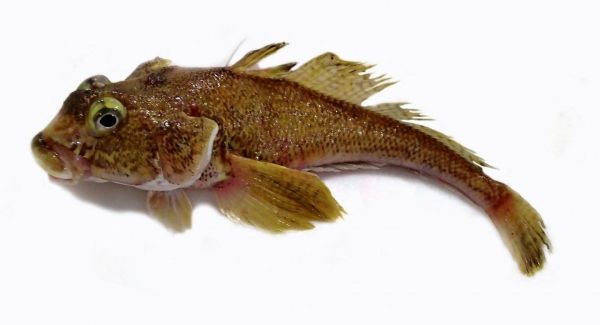The cooling of the Southern Ocean surrounding Antarctica, which began approximately 35 million years ago and gave rise to its present icy state, has for decades been considered a classic example of climate change triggering rapid adaptation.
Using tens of thousands of genes mapped from across the genomes of a group of Antarctic fishes called notothenioids, a team of researchers is now challenging this paradigm, revealing that the massive amount of genetic change required for life in the Antarctic occurred long before the Antarctic cooled.
These genetic changes not only have major implications for understanding the evolution of Antarctica’s unusual animals, but also highlight that some key adaptations used by fishes mirror the genetics of human bone diseases such as osteoporosis.
“Many species have evolved traits that are adaptive in their environment but are similar to disease states in humans,” says Jake Daane, lead author of the study (Northeastern University). “We use this natural variation to better understand genetic mechanisms of disease.”
Read more at North Carolina Museum of Natural Sciences
Image: Gobionotothen gibberifrons, a common Antarctic notothenioid fish. (Credit: A. Dornburg)


